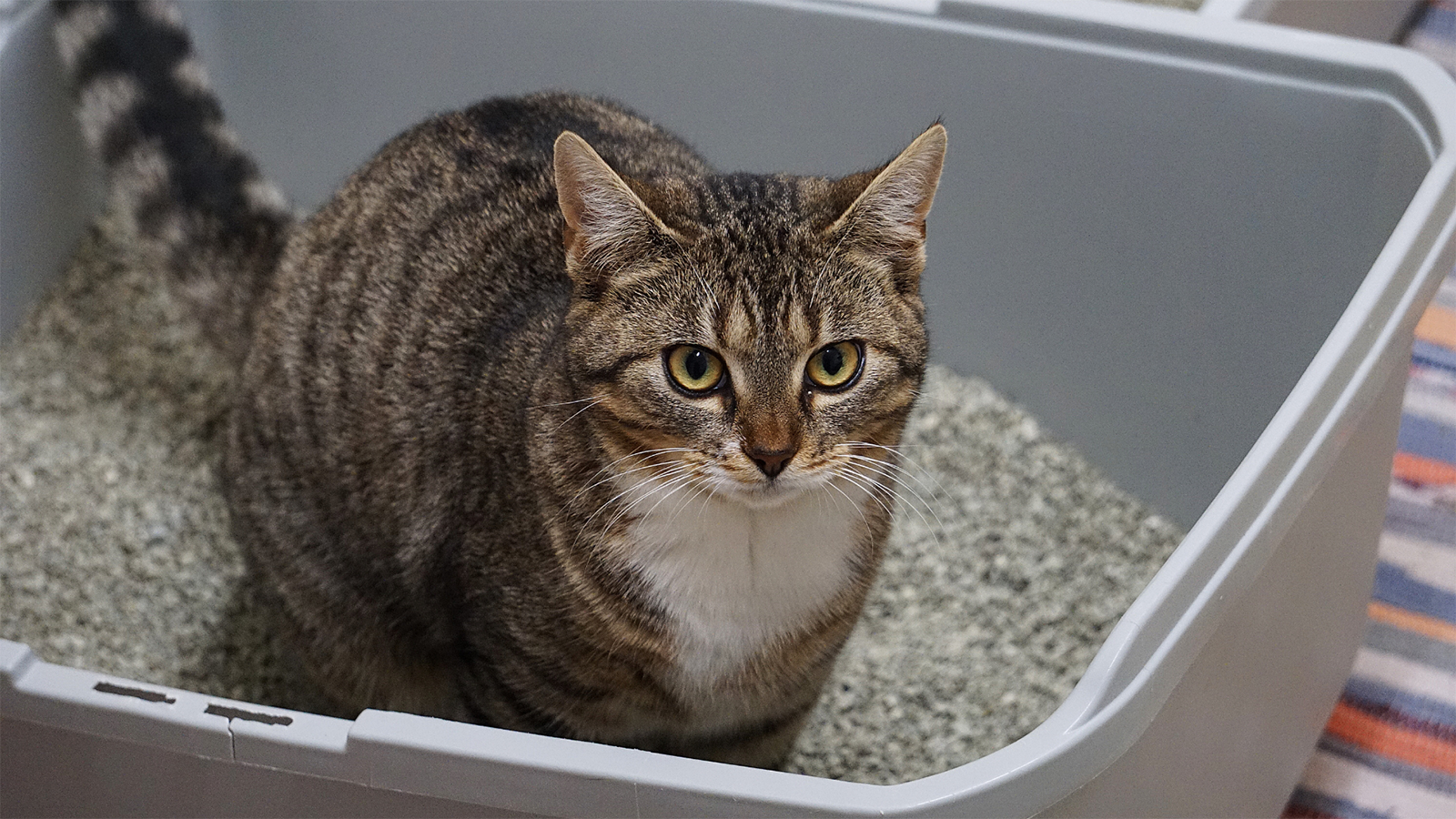FLUTD or Feline Lower Urinary Tract Disease
the common cause for many feline emergency veterinary visits.
Two forms:
- obstructed
- non obstructed
In some cases, the unobstructed form can progress into the obstructed form—a life threatening, emergency condition.
Causes of FLUTD:
- Trauma
- urinary stones
- mucus plug, urethra obstruction.
- UTI
- underlying kidney disease (Pyelonephritis, glomerulonephritis)
- Idiopathic cystitis
Common signs that your cat is in urinary distress include:
- Blood in the urine
- Straining to urinate
- Urination outside the kitty box
- Lethargy
- Frequent urination
- Meowing while attempting to urinate
- Expressing pain if you touch its abdomen
- Many owners also notice their cat straining to defecate
- Some cats excessively groom their nether regions, or drag them across the floor.
Predisposing factors:
- Male cat – narrower longer urethra
- Diabetes mellitus cat easily get UTI
- Diet
- Urine pH
- Stress
What to do?
- Feed small meals on a frequent basis.
- Manage weight appropriately.
- For cats with a history of struvite formation, feed diets that are limited in magnesium and that promote acidification of the urine. Most commercial diets meet these criteria. Avoid supplementing such diets with additional urinary acidifiers, as over-acidification can cause metabolic acidosis, impaired kidney function, and mineral imbalance. Consulting with a veterinarian is recommended when making decisions regarding diet.
- Provide clean, fresh water at all times.
- Provide an adequate number of litter boxes (usually one more than the number of cats in the household).
- Keep litter boxes in quiet, safe areas of the house.
- Keep litter boxes clean.
- Minimize major changes in routine.
The most frustrating thing about FLUTD is the difficulty in figuring out its causes. If you notice any of the signs of FLUTD in your kitties, please don’t try to figure out why—Take them to a veterinarian immediately. Prompt treatment can save your cat’s life.

